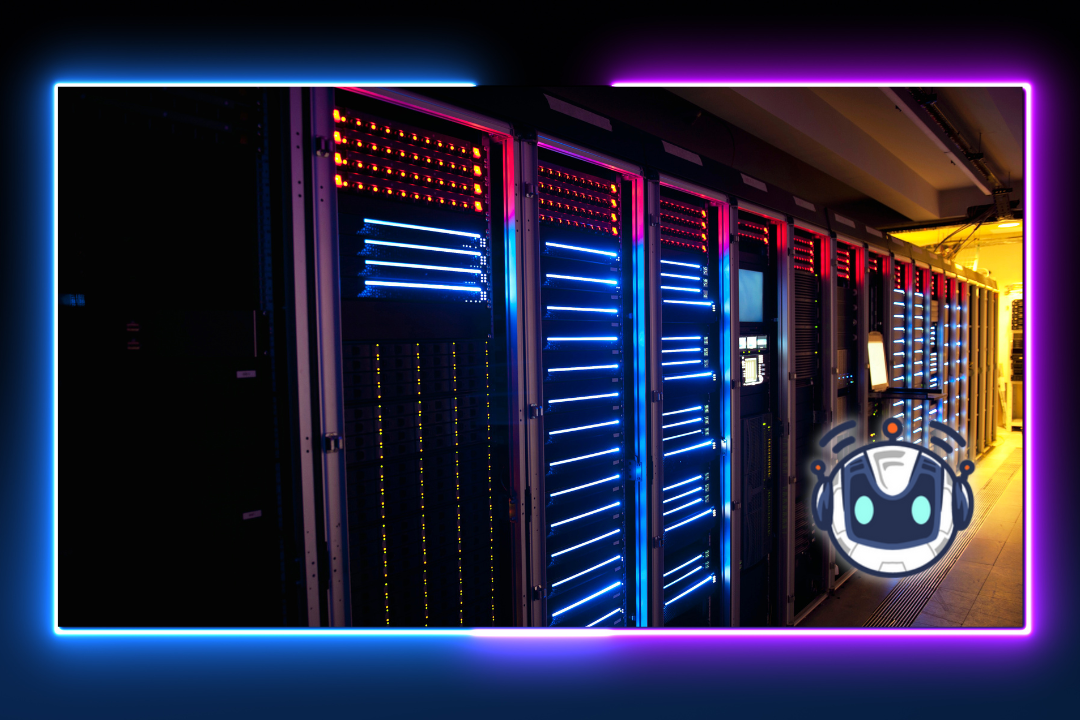Highlighting the Latest Trends and Innovations in the Tech Industry
As we enter the third year of the 21st century, there are many important changes taking place in the technology industry. These include Generative AI, Cloud-first architecture, and the IoT. These technologies have the potential to revolutionize the way businesses operate.
Cloud-first architecture
As the cloud continues to grow in popularity, organizations must recognize the architectural changes that will be necessary to take advantage of its benefits. Long-term trends can be used to estimate future cloud application architectures.
The most common form of cloud computing is Software as a Service (SaaS). A SaaS application is typically purchased on a per-user basis. There are many cloud providers in the market, including Amazon Web Services, Microsoft Azure, and IBM.
Using the cloud to store data has been around since the PC era. In the early 1960s, computer bureaus let companies rent time on mainframes. The advent of the personal computer changed things considerably. With a cheaper and easier to buy computer, companies could move their legacy applications to the cloud.
There are several benefits of moving to the cloud, including a quicker rate of innovation. Moreover, it may enable companies to break down organisational silos, allowing for greater business agility.
Generative AI
Generative AI is an emerging subset of artificial intelligence. It is a form of semi-supervised machine learning. Its advantages include better quality results, autonomous content creation, and unbiased outcomes.
The use of generative AI is growing rapidly. It is currently being implemented in many sectors. It has been recognized by Gartner as one of the fastest-emerging technologies. It is used by companies such as HuggingFace, GoCharlie, and Midjourney.
Generative AI is a technology that helps businesses to better understand and generate new content. It uses existing data to generate new information. It has also been applied to image and text creation.
The use of generative AI is predicted to grow exponentially in the next few years. It will produce 10% of all data in 2025, and by the end of the decade, it will have a major impact on several industry verticals.
Edge computing
Edge computing is a term used to describe a data computation close to the source, reducing latency and allowing data to be processed more efficiently. Edge solutions offer organizations the ability to react more quickly to rapidly changing business conditions, which can increase productivity and reduce costs.
The potential for edge computing is enormous. It can help enterprises achieve data sovereignty requirements, lower the cost of data transport, and provide near real-time response times for mission-critical applications. However, the technology is a complex and evolving field. In order for edge computing strategies to be successful, it will require collaboration among multiple players.
One key factor driving edge computing is IoT. The increased adoption of IoT combines with 5G operations to create a powerful catalyst for the edge computing market.
Metaverse
In 2023, the tech industry will be focusing on the rise of digital assets, including immersive hardware, and artificial intelligence (AI) systems. This is according to the 2023 Tech Trends report by Info-Tech Research Group.
Metaverse is a virtual world that uses real-time communications and artificial intelligence to create an immersive experience. It includes social networking spaces and virtual galleries. It also provides customers with a virtual shopping experience.
The Metaverse’s potential is massive. For instance, it could allow customers to process information independently, and store it in a centralized, secure environment. It can also enable businesses to hire individuals. And as technology improves, its avatars will get more sophisticated.
One of the Metaverse’s most exciting features is its ability to generate new content. It uses generative AI to create works that mimic the human creators.
IoT
A new report from Info-Tech Research Group identifies seven data-driven trends that will dominate the technology landscape in 2023. These include information gathering, infonomics, and the metaverse. It also highlights the latest tech innovations in the healthcare and automotive sectors.
Info-Tech defines the metaverse as an immersive digital space where the convergence of artificial intelligence, mixed reality, and real-time communications will take place. It will enable users to experience the virtual world and influence the real one. It is expected that the technology will be available to consumers in the near future.
Another trend is the Internet of Things (IoT), a network of connected devices. It’s an enabling technology that allows businesses to collect data and interact with customers in a more personalized way. It’s also a potential source of cybersecurity risks. The right IoT solution allows companies to respond more flexibly to market changes.


